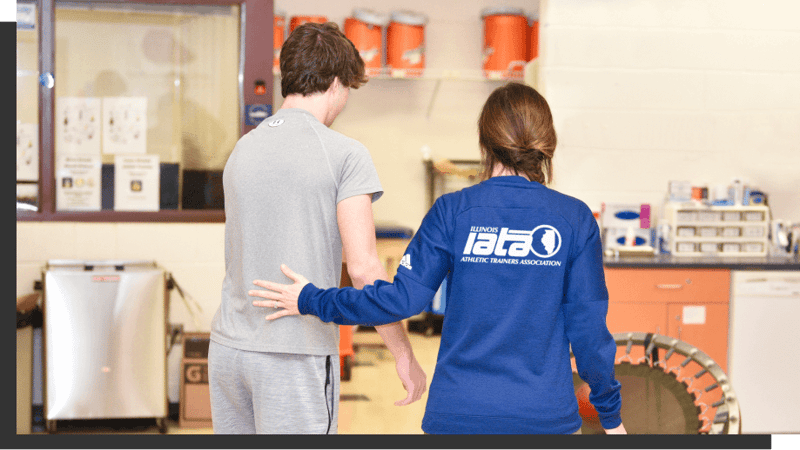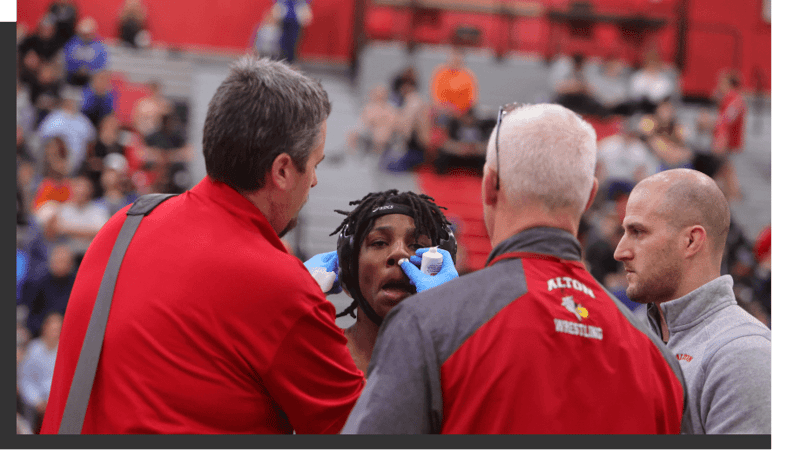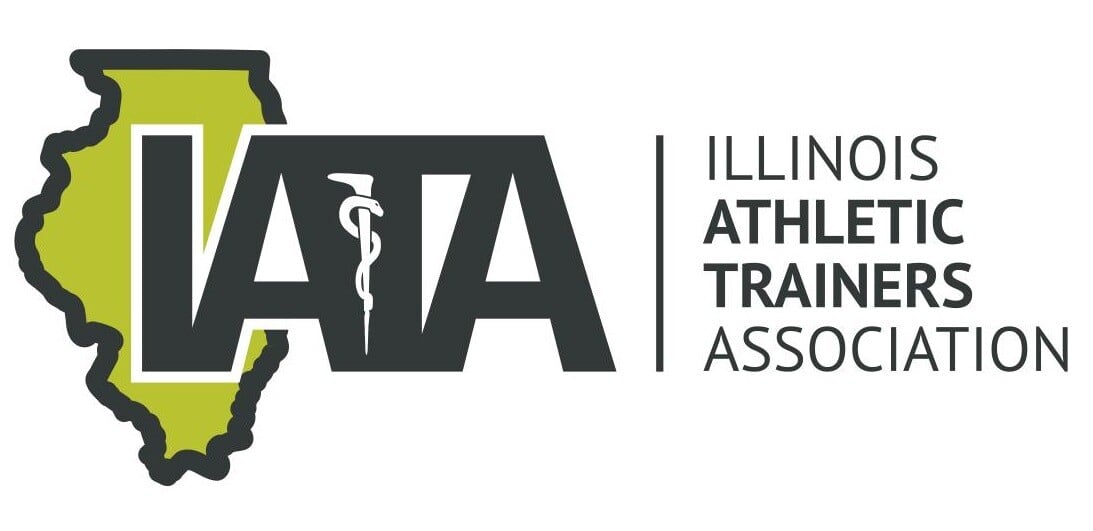Find an Athletic Trainer
Why do I need an athletic trainer?
- Having a certified, licensed athletic trainer on staff reduces liability that your athletic program assumes when you provide interscholastic sports. You have the protection of a medical professional, trained to make decisions and act in the best interest of student-athlete safety.
- The Youth Sports Concussion Safety Act (SB07) requires all Illinois schools to develop concussion policies and identify a Concussion Oversight Team. Athletic trainers are experts in concussion recovery, and can ensure that student-athletes return from a concussion in the safest manner.


What can having an athletic trainer do for my institution?
- Families in schools that have an athletic trainer have reduced medical costs, due to the early intervention and assessment that an athletic trainer provides on-site. Parents and children spend less time going to the doctor or emergency room for sports injuries.
- Providing athletic training services at a school reduces lost instruction time and absenteeism in student-athletes. Decrease in absenteeism can also result in retention of state funding for public schools.
- With the expertise and education an athletic trainer has, they can develop policies on safety. Emergency Action plans, lightning plans, severe weather management, and heat policies are just a few of the items a school should have assistance from an athletic trainer to develop. These plans can reduce liability and help prevent catastrophic loss.
- Athletic trainers in school settings allow a district to offer additional curriculum options for their school. Depending upon curriculum standards and credentialing requirements, courses such as Athletic Training/Sports Medicine, First Aid, CPR, and Anatomy & Physiology can be taught by the certified athletic trainer/educator. Taking these courses in high school gives students a significant advantage when applying to athletic training programs in college, greatly improving the student's chance of securing a spot in the program.
Where can I find an athletic trainer to hire?
- There are several ways that Illinois high schools successfully employ athletic trainers. You may hire an athletic trainer as an in-house district employee, as a contracted employee through a local sports medicine clinic or hospital, as a part-time employee, or on an "as needed" basis. Click here to learn more details about each hiring model.
- To determine which hiring model works best for you, first determine your needs for an athletic trainer. Do you want full-time supervision of athletic healthcare, or will you start with just home event healthcare?
- If you are looking to partner with a healthcare organization, begin that conversation early. Ideally, you could reach out to the organization in December or January to discuss healthcare for the following school year.
- If you are looking to hire an athletic trainer directly, you'll need to determine what space and resources you have available for this new employee.
- When developing this position, use the NATA's Salary Survey as a guide for compensation. Salaries are broken down by setting, years of experience, region, state, level of education, etc.
- Post your job opportunity in the NATA Career Center, to reach more than 45,000 athletic trainers across the country.

Who else needs an athletic trainer?
Athletic trainers aren't just vital in secondary schools and colleges. Numerous different settings can benefit from having athletic trainers on staff. Check out this video to learn more about where athletic trainers work effectively. See what the Board of Certification says about the unique preparation that athletic trainers have to excel in any setting.
Need Help Finding What You're Looking For?
Check out our Frequently Asked Questions or contact us directly!


